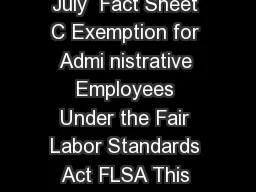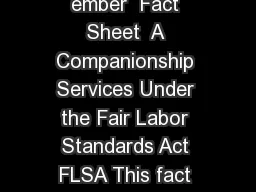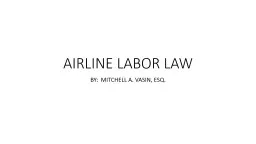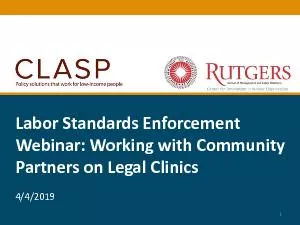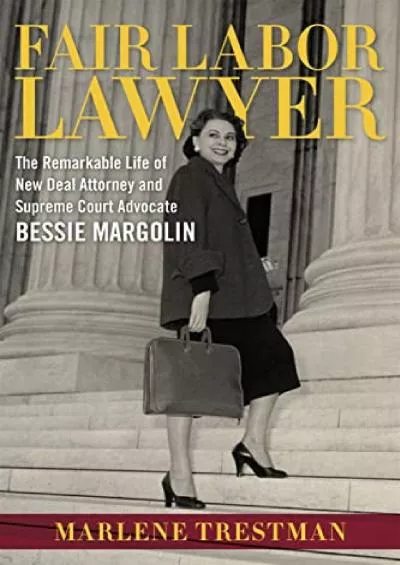PPT-Section 14(c) of the Fair Labor Standards Act
Author : jane-oiler | Published Date : 2020-01-02
Section 14c of the Fair Labor Standards Act The Payment of subminimum Wages to Workers with Disabilities Wage and Hour Division US Department of Labor The Wage and
Presentation Embed Code
Download Presentation
Download Presentation The PPT/PDF document "Section 14(c) of the Fair Labor Standard..." is the property of its rightful owner. Permission is granted to download and print the materials on this website for personal, non-commercial use only, and to display it on your personal computer provided you do not modify the materials and that you retain all copyright notices contained in the materials. By downloading content from our website, you accept the terms of this agreement.
Section 14(c) of the Fair Labor Standards Act: Transcript
Download Rules Of Document
"Section 14(c) of the Fair Labor Standards Act"The content belongs to its owner. You may download and print it for personal use, without modification, and keep all copyright notices. By downloading, you agree to these terms.
Related Documents


